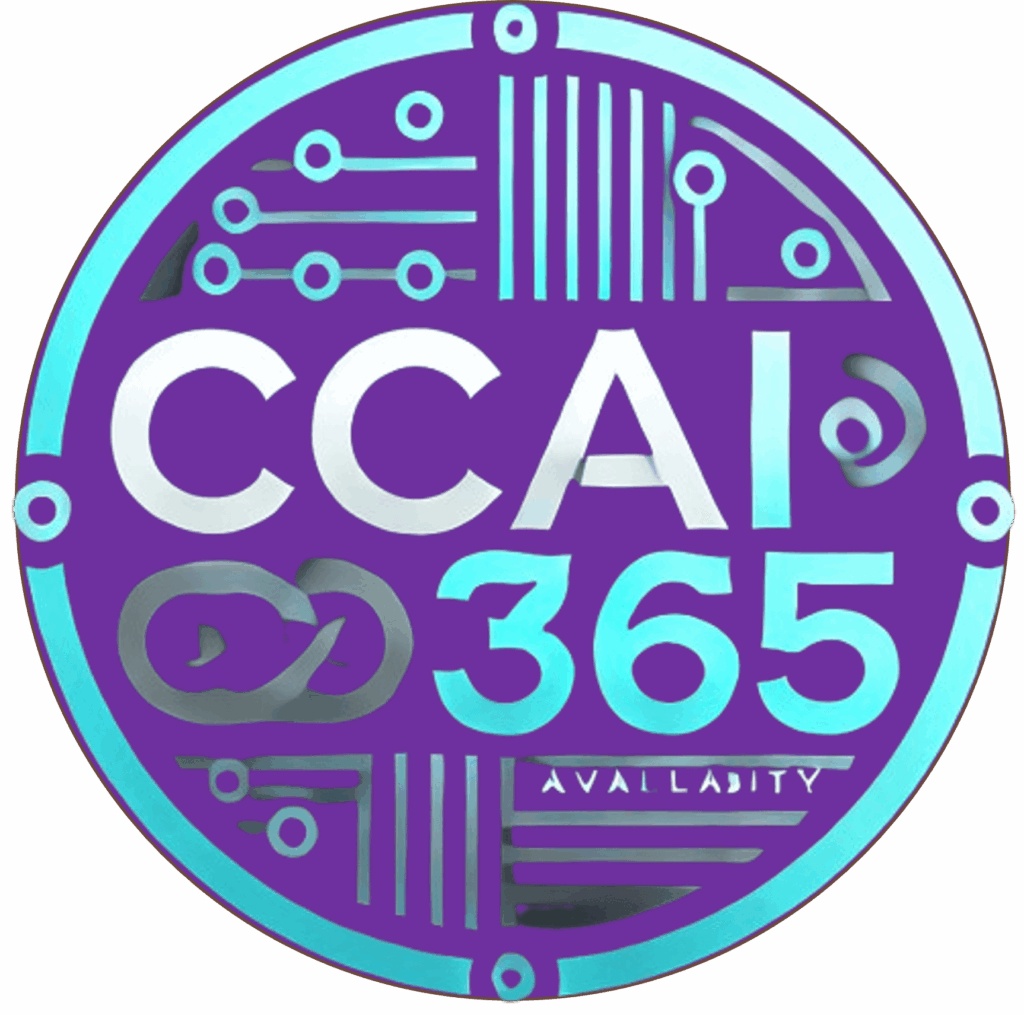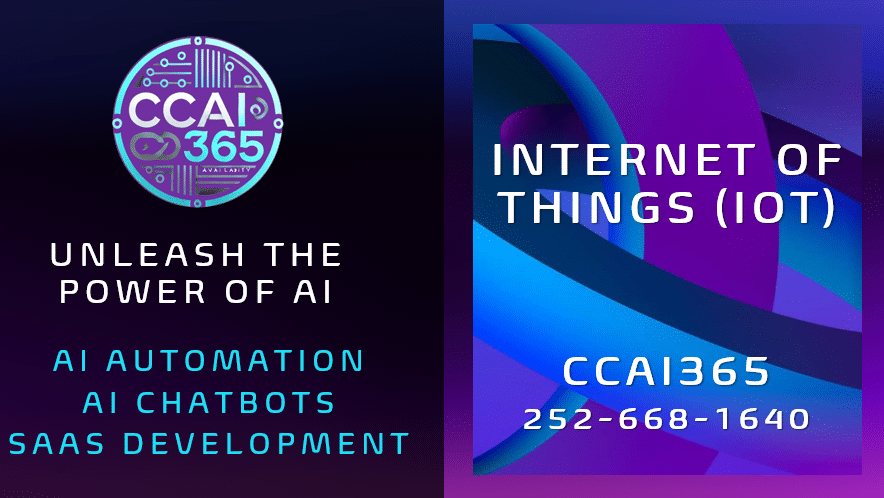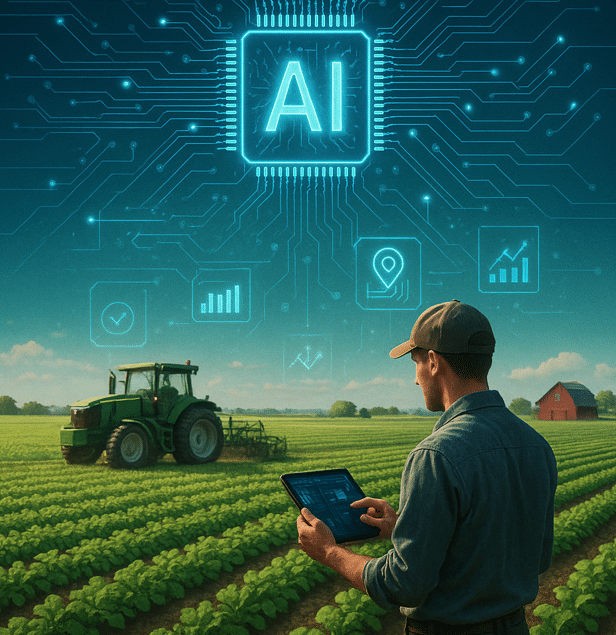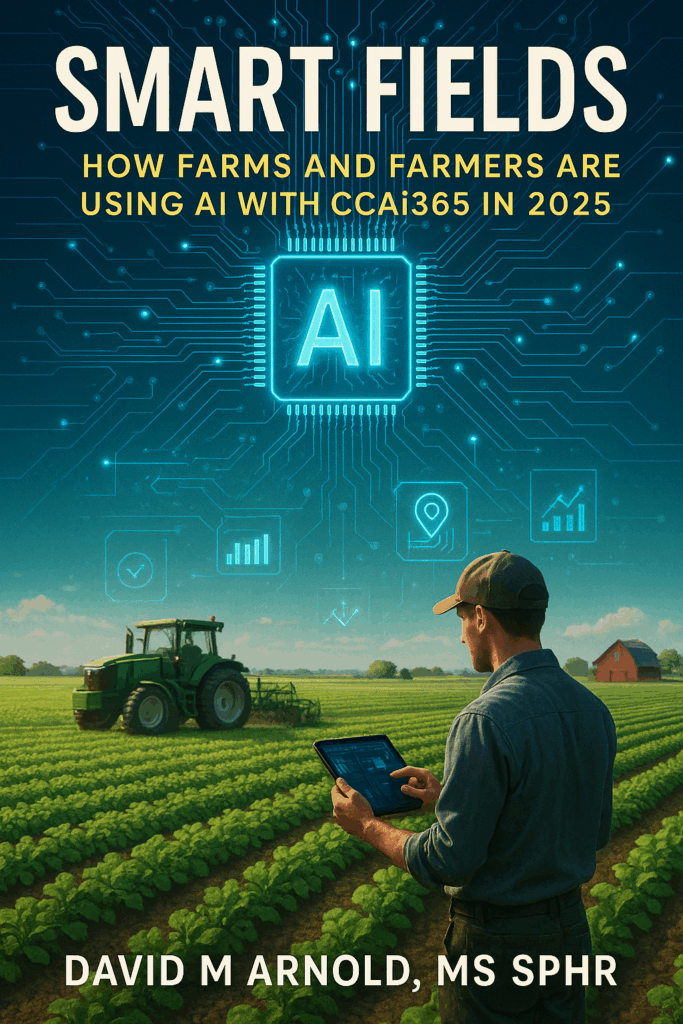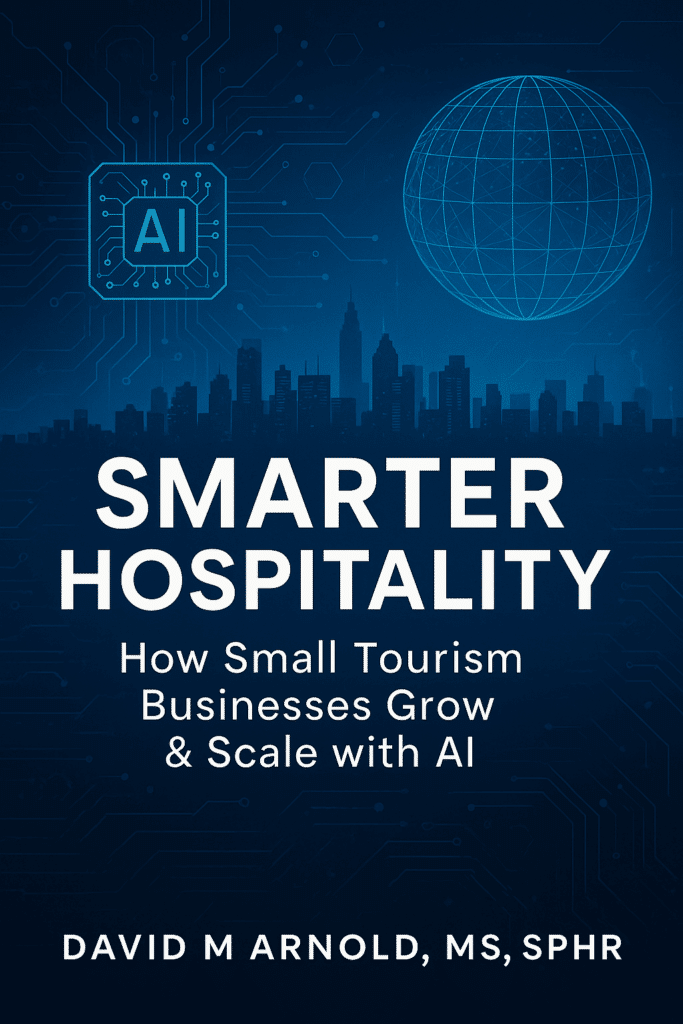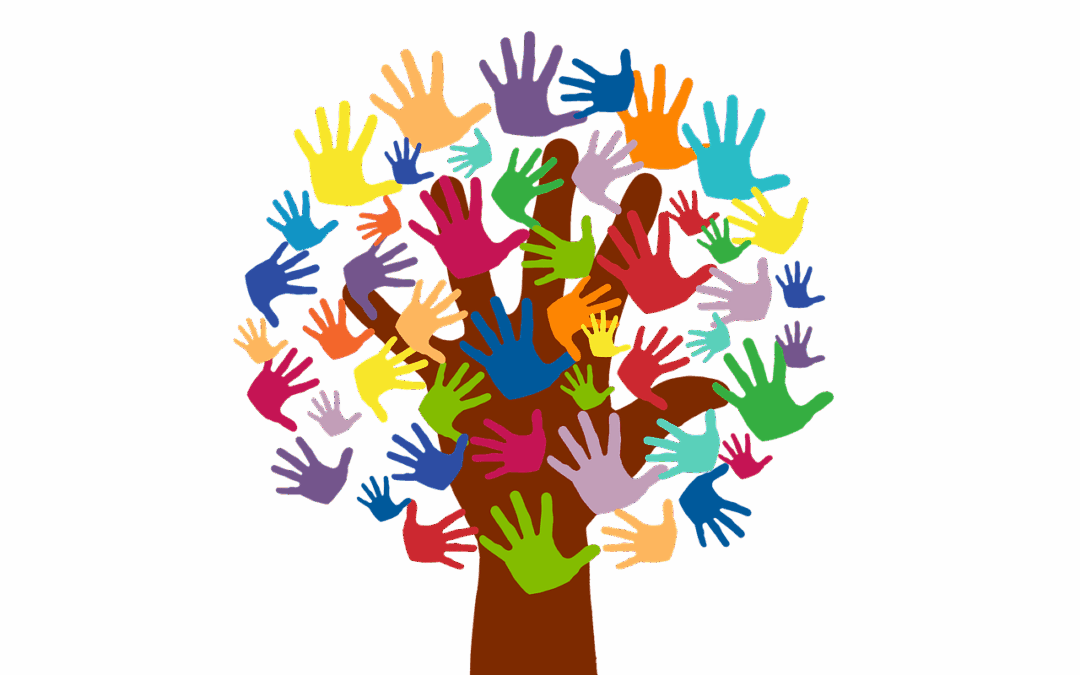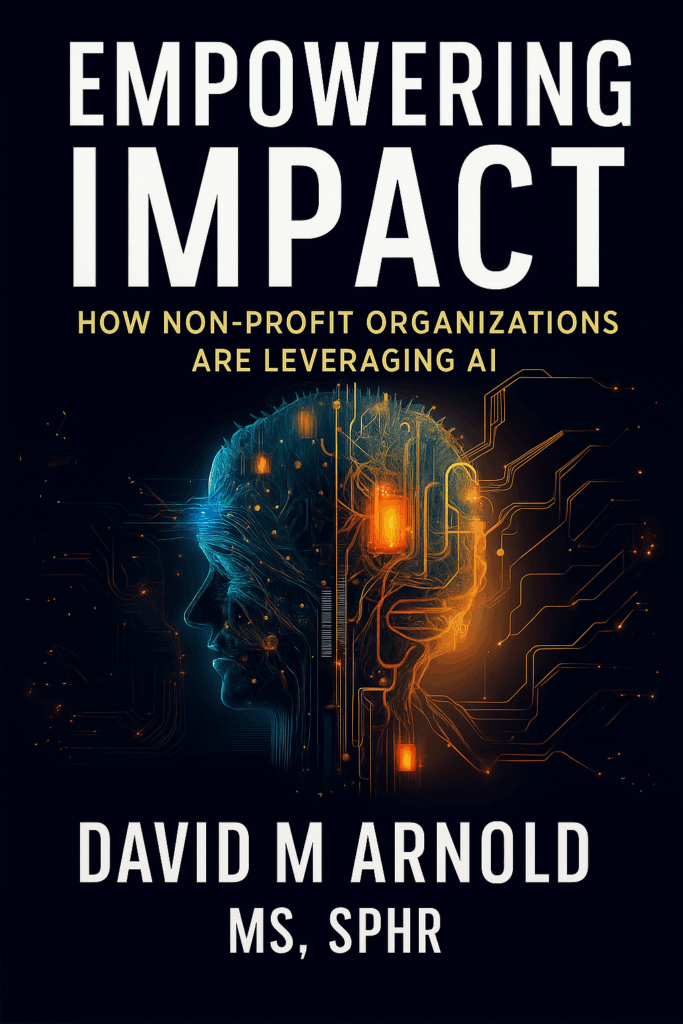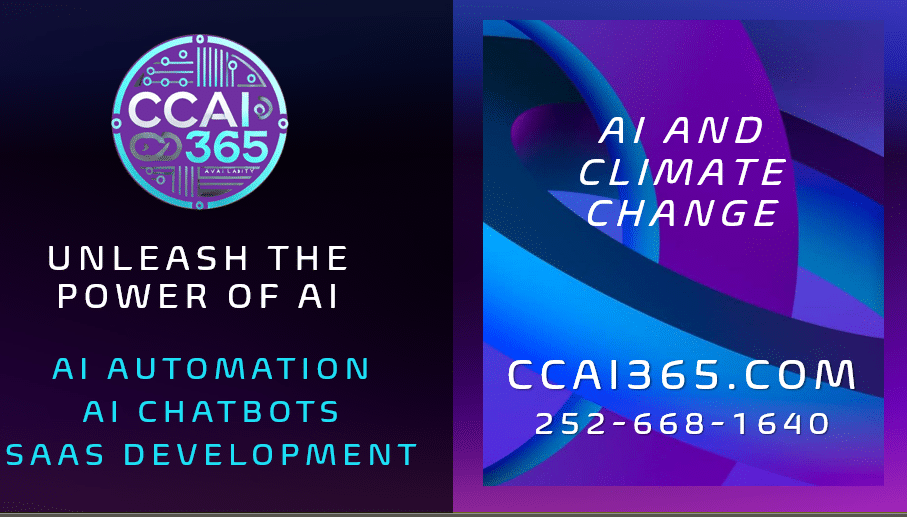
The Future Is Here: How AI and Climate Change Innovation Is Reshaping Energy
Introduction to AI and Climate Change
The world is standing at the intersection of two unstoppable forces: the accelerating climate crisis and the rapid rise of artificial intelligence. On one side, climate change threatens global stability with record-breaking heatwaves, devastating wildfires, unprecedented floods, and rising seas. On the other, AI is advancing at lightning speed, transforming industries and solving problems that were once considered unsolvable. When we combine the power of AI and climate change innovation, especially in the realm of energy, the result is a revolution that is reshaping our future.
Energy is the beating heart of modern civilization. Every business, city, and household relies on electricity, and yet much of it still comes from fossil fuels — the very drivers of global warming. Transitioning to clean, renewable, and efficient energy systems is no longer optional; it’s essential. But the transition is complicated. Renewable sources like wind and solar are intermittent, infrastructure is outdated, and demand is constantly growing. This is where AI steps in as the ultimate problem-solver.
AI and climate change innovation together are driving a transformation in how energy is generated, distributed, and consumed. From optimizing solar and wind power to reducing carbon emissions across industries, AI is making the dream of a clean energy future not just possible but achievable. In this article, we’ll explore why AI and climate change are the perfect pair for the energy transition, the surprising ways AI is optimizing renewable energy, how AI is cutting carbon in the energy sector, real-world success stories, and what’s next for this powerful partnership.
Why AI and Climate Change Are the Perfect Pair for the Energy Transition
The energy transition — the global movement from fossil fuel dependence to renewable, sustainable sources — is one of the most ambitious undertakings in human history. It requires massive coordination, precision, and innovation. That’s exactly why AI and climate change solutions fit together so perfectly.
At its core, AI thrives on data. Climate change challenges generate mountains of data — from weather forecasts to energy consumption patterns to global carbon measurements. Traditional tools struggle to process this complexity at speed, but AI excels at identifying patterns, making predictions, and creating real-time solutions. The combination of AI and climate change innovation turns what seems like chaos into clarity.
Consider the challenge of balancing energy supply and demand. Fossil fuels provide steady, predictable energy, but renewables fluctuate. The sun doesn’t always shine, and the wind doesn’t always blow. AI steps in to predict renewable output with pinpoint accuracy, allowing energy providers to match supply with demand. This reduces the need for backup fossil fuels and ensures a smoother transition to clean power.
AI also empowers policymakers and businesses by modeling future climate and energy scenarios. Want to know the carbon savings of switching 50% of a city’s grid to renewables by 2030? AI can simulate it. Need to test the financial viability of green investments? AI provides projections. This predictive power makes AI and climate change collaboration not just ideal but essential in planning the energy future.
Perhaps the most compelling reason AI and climate change are the perfect pair is scalability. Unlike traditional solutions that work only at local levels, AI models can be applied to entire countries, industries, or global systems. As the energy transition scales worldwide, AI ensures strategies are effective, efficient, and adaptable.
The Surprising Ways AI and Climate Change Are Optimizing Solar and Wind Power
Solar and wind energy are at the forefront of renewable solutions, but they come with unique challenges. Their variability makes it difficult to ensure consistent energy supply. AI and climate change innovation are addressing this problem in surprising and highly effective ways.
One breakthrough lies in predictive modeling. AI analyzes satellite data, weather forecasts, and historical climate information to predict how much solar or wind power will be generated on any given day. This information allows grid operators to prepare in advance, reducing reliance on fossil fuels for backup power. By narrowing the uncertainty gap, AI makes renewable energy more reliable.
AI is also being used to improve the efficiency of solar panels and wind turbines themselves. In solar farms, drones equipped with AI scan panels to detect defects or dirt that lowers performance. Instead of manually checking thousands of panels, AI automates the process, ensuring maximum efficiency. In wind farms, AI analyzes turbine data to predict maintenance needs before breakdowns occur. Preventing downtime keeps turbines spinning and producing energy consistently.
Another surprising area where AI and climate change innovation meet is in grid integration. AI-powered smart grids balance renewable inputs with traditional power sources in real time. For example, when solar energy peaks during midday but demand is low, AI directs excess power into storage systems. Later, when demand spikes in the evening, AI ensures that stored renewable energy is used first before fossil fuels are tapped.
Even consumer-level innovations are emerging. Smart home systems powered by AI allow households with rooftop solar to optimize when appliances run, aligning usage with renewable supply. For instance, AI might automatically start a dishwasher during peak solar hours, maximizing clean energy consumption and minimizing costs.
In short, AI and climate change innovation are not just making solar and wind feasible — they’re making them smarter, cheaper, and more reliable than ever before.
How AI and Climate Change Innovation Is Reducing Carbon in the Energy Sector
The energy sector is the single largest contributor to global carbon emissions, making it ground zero in the fight against climate change. AI and climate change innovation are proving to be powerful weapons in this battle, cutting carbon emissions in ways that were unimaginable a decade ago.
One of the most direct applications is in improving energy efficiency. Buildings alone account for about 40% of energy-related emissions worldwide. AI systems now manage heating, cooling, and lighting in real time, reducing waste and lowering emissions without sacrificing comfort. For large corporations with hundreds of facilities, the impact is monumental — millions of dollars saved and millions of tons of CO₂ avoided.
Transportation, another carbon-heavy sector, is also being transformed. AI optimizes traffic flow in cities to cut fuel use, manages charging networks for electric vehicles, and helps logistics companies reduce miles driven through smarter routing. Each of these applications reduces the carbon footprint of moving goods and people.
AI is also enhancing carbon capture technologies. Identifying the right geological formations for storing carbon is a complex challenge, but machine learning models can analyze data to select optimal sites. AI systems also monitor carbon storage to ensure long-term safety, making sequestration a more reliable option in reducing emissions.
In industrial energy use — from steel plants to chemical factories — AI fine-tunes processes to use less energy while maintaining productivity. These industries, historically resistant to decarbonization, are now seeing measurable progress thanks to AI insights.
The real strength of AI and climate change innovation lies in its systemic approach. Instead of addressing emissions piecemeal, AI optimizes entire systems — grids, supply chains, cities, and industries. This holistic impact makes AI one of the most powerful tools humanity has to slash emissions at scale.
AI and Climate Change Success Stories Leading the Energy Revolution
Nothing showcases the potential of AI and climate change like real-world success stories. Across the globe, organizations are already achieving remarkable results by putting AI to work in the energy sector.
Take Google’s DeepMind project, which applied AI to its massive data centers. By optimizing cooling systems, the company cut energy use by 40%, saving millions of dollars while drastically reducing emissions. This breakthrough is now being adapted to other industries.
In Denmark, AI is powering the world’s most advanced wind energy forecasting system. By analyzing weather and turbine data, the system predicts wind power output hours in advance, enabling smoother grid integration and reducing fossil backup reliance. The result is cleaner, more stable energy delivery.
Kenya offers another inspiring story, where AI-driven irrigation systems are transforming agriculture. Farmers use AI-powered apps to manage water and energy more efficiently, boosting crop yields while cutting both costs and emissions. This is a vivid example of AI and climate change solutions driving sustainability in developing regions.
Even oil and gas companies are joining the movement. By using AI to detect methane leaks and improve energy efficiency, firms are reducing their environmental footprint. While the industry still faces major sustainability hurdles, AI is accelerating the pace of change.
These success stories prove one thing: AI and climate change are not theoretical allies. They are actively reshaping the global energy landscape, saving money, and protecting the planet at the same time.
What’s Next for AI and Climate Change in Global Energy Transformation
The journey of AI and climate change in reshaping energy is only beginning. The next decade promises even more dramatic innovations that will accelerate the clean energy transition.
We can expect AI to play a central role in creating decentralized energy systems. Instead of relying solely on massive power plants, communities will generate, store, and share their own energy using AI-managed microgrids. This not only increases resilience but also democratizes access to clean power.
AI and climate change innovation will also redefine investment. Machine learning models can analyze global climate, financial, and policy data to direct billions of dollars into the most effective clean energy projects. Smarter investment means faster scaling of renewable technologies where they’re needed most.
Advancements in AI are also likely to integrate with emerging technologies like hydrogen energy, carbon-neutral fuels, and advanced nuclear systems. By ensuring these innovations are deployed efficiently, AI will magnify their impact on global decarbonization.
Perhaps most importantly, AI will empower individuals. From apps that optimize home energy use to platforms that connect consumers directly to renewable markets, the tools of the energy transition will be in the hands of everyday people. The partnership of AI and climate change won’t just reshape energy systems — it will reshape how humanity interacts with energy altogether.
The future is not just coming; it’s here. And AI is the catalyst making a sustainable, carbon-free world possible.
Conclusion
The story of AI and climate change is not just one of innovation; it’s one of hope. At a time when the climate crisis feels overwhelming, AI offers the tools to fight back with precision, scale, and efficiency. Together, AI and climate change innovation are reshaping energy — from optimizing solar and wind power to cutting carbon emissions, driving real-world success, and preparing us for the energy systems of tomorrow.
The challenges ahead are immense, but the opportunities are even greater. As individuals, businesses, and governments, we all have a role to play in supporting and adopting these groundbreaking solutions. The fusion of AI and climate change isn’t a distant dream — it’s already happening, and it’s transforming our world.
Contact CCAi365 today at 252-668-1640 to revolutionize your business!

